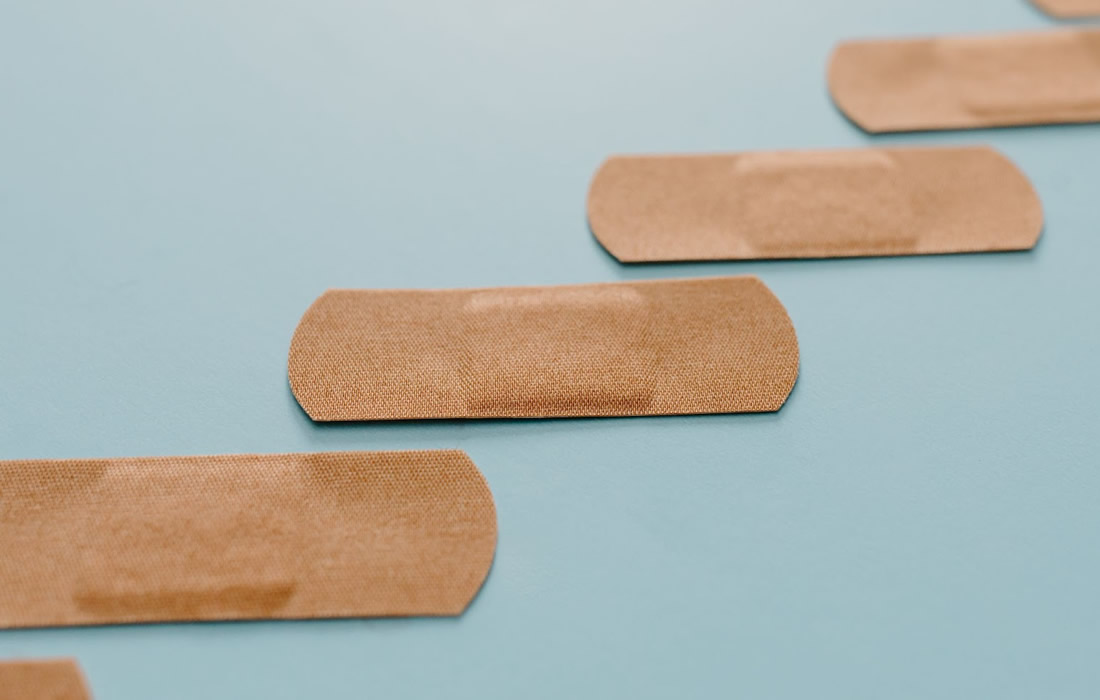Regenerative Medicine News and General Information
Healing Diabetic Wounds Three Times Faster
Currently, more than half a billion people globally are living with diabetes and this number is expected to rise significantly. Chronic diabetic wounds such as foot ulcers (one of the most common and hardest to treat wounds) have therefore become a major global healthcare challenge.
Diabetic patients, whose natural wound-healing capabilities are compromised, often develop chronic wounds that are slow to heal. Such non-healing wounds could cause serious infections resulting in painful outcomes such as limb amputation. To address this global healthcare challenge, a team of researchers engineered an innovative magnetic wound-healing gel that promises to accelerate the healing of diabetic wounds, reduce the rates of recurrence, and in turn, lower the incidents of limb amputations.
Each treatment involves the application of a bandage pre-loaded with a hydrogel containing skin cells for healing and magnetic particles. To maximize therapeutic results, a wireless external magnetic device is used to activate skin cells and accelerate the wound healing process. The ideal duration of magnetic stimulation is about one to two hours.
Lab tests showed the treatment coupled with magnetic stimulation healed diabetic wounds about three times faster than current conventional approaches.
“Conventional dressings do not play an active role in healing wounds,” said Assistant Professor Andy Tay. “They merely prevent the wound from worsening and patients need to be scheduled for a dressing change every two or three days. It is a huge cost to our healthcare system and an inconvenience to patients.”
“Our technology addresses multiple critical factors associated with diabetic wounds, simultaneously managing elevated glucose levels in the wound area, activating dormant skin cells near the wound, restoring damaged blood vessels, and repairing the disrupted vascular network within the wound,” explained Asst Prof Tay.
Lab tests showed that the increased fibroblast activity generated by the magnetic wound-healing gel increases the cells’ growth rate by approximately 240 per cent and more than doubles their production of collagen — a crucial protein for wound healing. It also improves communication with keratinocytes to promote the formation of new blood vessels.
“The approach we are taking not only accelerates wound healing but also promotes overall wound health and reduces the chances of recurrence,” added Asst Prof Tay.
The researchers are conducting more tests to further refine the magnetic wound-healing gel to improve its effectiveness. They are also collaborating with a clinical partner to test the effectiveness of the gel using diabetic human tissues.
“This is a major step forward in active wound care,” said Asst Prof Tay. “Our goal is to provide an effective and convenient wound-healing solution that improves outcomes for millions around the world.”
Sources:
Yufeng Shou, Zhicheng Le, Hong Sheng Cheng, Qimin Liu, Yi Zhen Ng, David Laurence Becker, Xianlei Li, Ling Liu, Chencheng Xue, Natalie Jia Ying Yeo, Runcheng Tan, Jessalyn Low, Arun R.K. Kumar, Kenny Zhuoran Wu, Hua Li, Christine Cheung, Chwee Teck Lim, Nguan Soon Tan, Yongming Chen, Zhijia Liu, Andy Tay. Mechano‐Activated Cell Therapy for Accelerated Diabetic Wound Healing. Advanced Materials, 2023; DOI: 10.1002/adma.202304638
National University of Singapore. “NUS scientists develop innovative magnetic gel that heals diabetic wounds three times faster.” ScienceDaily. ScienceDaily, 19 October 2023. <www.sciencedaily.com/releases/2023/10/231019111258.htm>.
Materials provided by National University of Singapore. Note: Content may be edited for style and length.
Images from:
Photo by Tara Winstead
https://www.pexels.com/es-es/foto/medico-tratamiento-yeso-forma-7722845/

